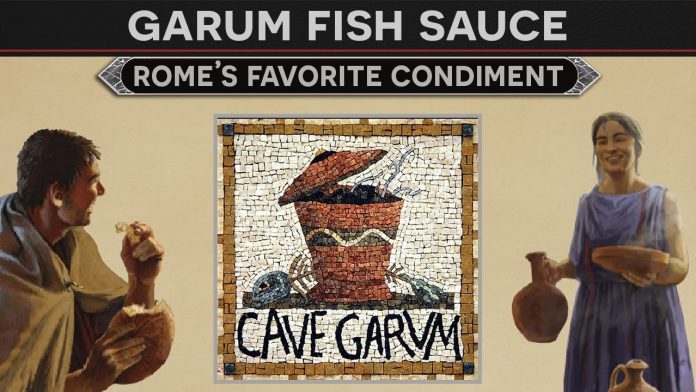If you thought the food of ancient Rome was all about roast dormice, bread, herbs and wine, then think again. Garum, a fish sauce, was one of the most important Roman culinary ingredients and seems to have been eaten throughout the Roman Empire. It was used much as we would use a condiment today.
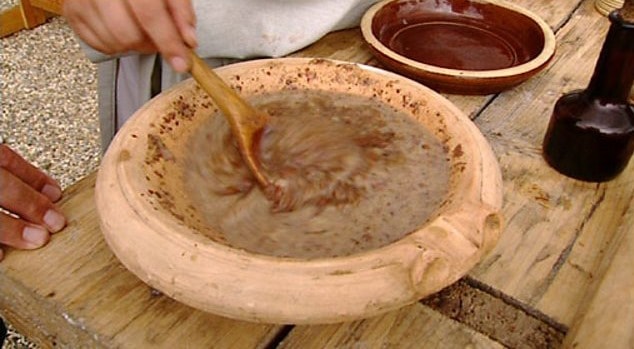
Fermented Fish Sauce
Garum wasn’t originally from Rome. The Greeks made it first, calling it garos or garon. However the Romans developed a passion for this salty fish sauce, to the extent that it seems to appear in the majority of ancient Roman recipes. It wouldn’t appeal to modern tastes: it was a way of using up fish that was no longer fresh.

Garum was made from the intestines of fish such as mackerel, tuna or anchovies. These were mixed in with plenty of salt – and then put out in the sun and left to decompose: the streets of ancient Rome must surely have reeked of rotting fish. Once the fishy mixture had broken down, a process that might take several weeks, the thick salty liquid was strained off and poured into amphorae (ceramic storage vessels).
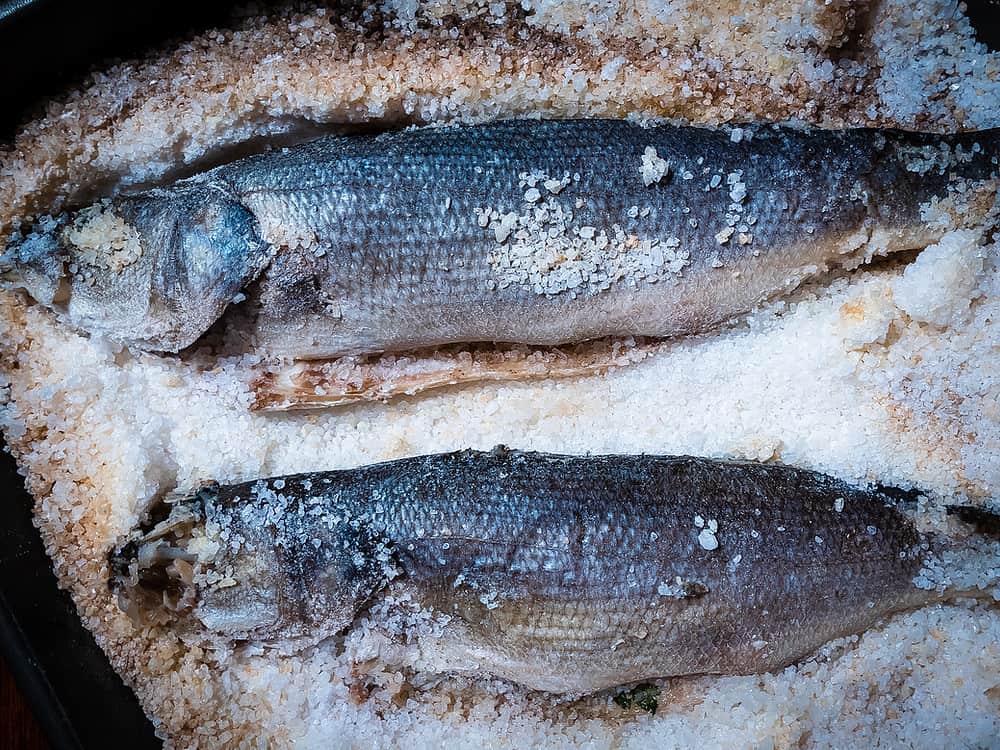
The mushy residue was apparently used by poor people to flavour their food – perhaps adding a salty taste to a basic broth.
- What Is Aromatherapy Vs. What Are Essential Oils?
- What is La Tomatina in Bunol, Spain Like? What to Expect at the Famous Tomato Throwing Festival
Gastronomic Garum
There were various grades of garum. According to Gillian Riley in The Oxford Companion to Italian Food (pub. Oxford University Press) the finest was garum sociorum (‘partners’ garum’ or ‘garum of the allies’) which was the colour of sherry and made in southern Spain.
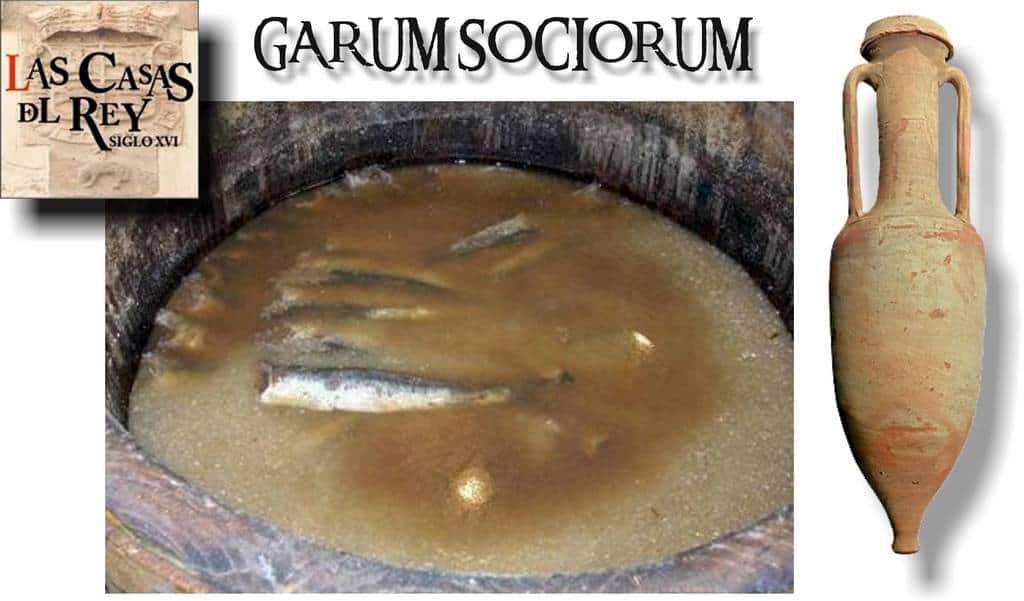
Other types of garum include one that contained the blood of tuna, and another made from a variety of catfish. In her book A History of Food (pub. Blackwell) Maguelonne Toussaint-Samat says that garum was often diluted with other substances. This fermented fish sauce could be mixed with water (hydrogarum) and taken as a dietary supplement by Roman soldiers; or mixed with wine to become a Byzantine sauce called oenogarum.
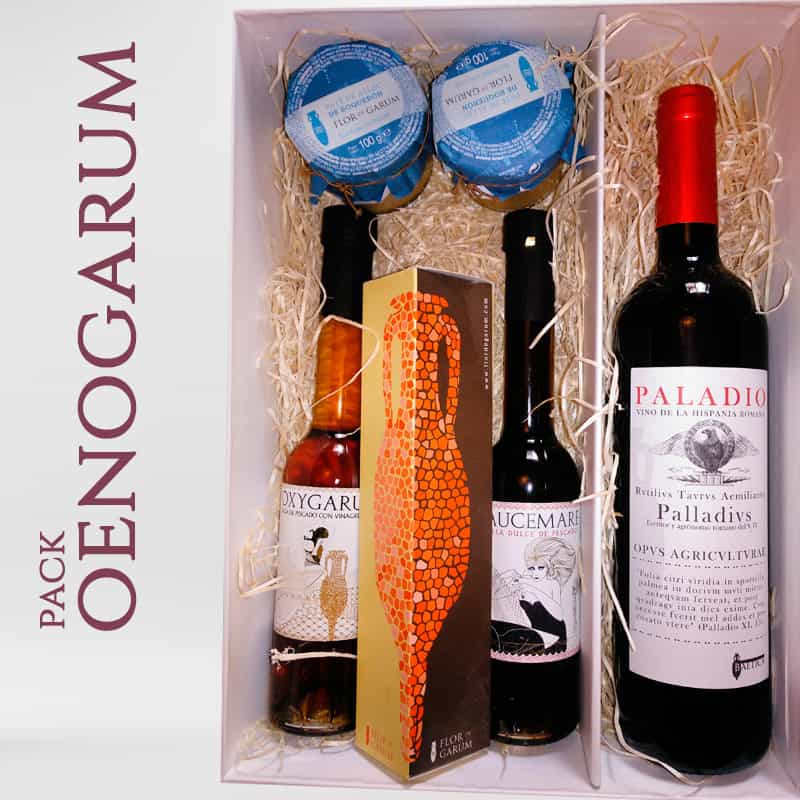
It might also be diluted with oil or with vinegar. A versatile ingredient indeed.
Ancient Roman Ingredient
Garum was extremely salty – to the extent that it was used instead of salt in Roman recipes. It had such a strong taste that you didn’t need more than a few drops to add flavour. The Roman writer Apicius used a type of garum (liquamen) in all his dishes, even sweet ones. The highest quality garum was much prized and, in consequence, extremely expensive.

According to Toussaint-Samat this gastronomic garum was far more expensive than, say, caviare is today. She suggests that the best parallel is with the pure essences used in perfume-making – although it was certainly less fragrant.
What is certain is that garum was an essential in the imperial store-cupboard and a key ingredient in the food of ancient Rome.


